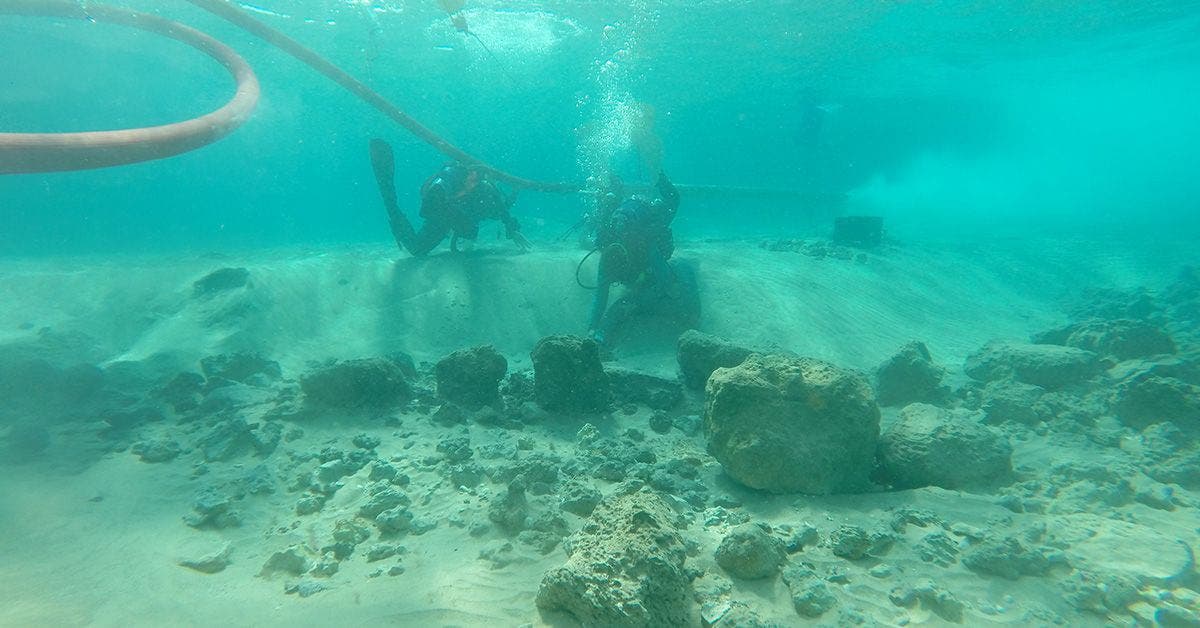Archaeologists have uncovered a fascinating discovery off the coast of Israel: an ancient village that not only survived but thrived during a period of significant climate change around 6,200 BC. This find challenges the long-held belief that such events led to the widespread abandonment of coastal settlements in the Mediterranean region.
Located on Israel's Carmel Coast, the underwater village, known as Habonim North, was first discovered in the mid-2010s. Initial surveys provided limited evidence of human habitation during the 8.2ka event, a period of abrupt global climate shift. However, during the Covid-19 lockdown, researchers conducted a more thorough excavation, revealing a wealth of information about the village's resilience.
The excavation unearthed a treasure trove of artifacts, including:
Architectural remains: Evidence of houses and other structures.
Pottery shards: Fragments of various pottery types, providing insights into their daily life and practices.
Stone tools: Tools used for hunting, fishing, and other tasks.
Ceremonial weapons: These artifacts suggest a level of social organization and possibly religious practices.
Fishing net weights: Proof of fishing activities, an important source of food.
Plant and animal remains: Bones of both wild and domesticated animals, charred seeds of wild plants, and fossils of cultivated crops like wheat and lentils.
These organic materials were dated back to the Early Pottery Neolithic (EPN), coinciding with both the invention of pottery and the 8.2ka event. Surprisingly, the evidence points to continued activity at the site even during the Late Pottery Neolithic, a time when the village was previously thought to have been abandoned due to the climate crisis.
The artifacts also reveal a complex society. Tools made of basalt, a stone not found naturally along the coast, and a ceremonial mace head suggest the village engaged in maritime trade, diversifying their economy beyond agriculture. This economic resilience allowed them to thrive during the climate crisis.
The study's senior author, Assaf Yasur-Landau, highlights the "multi-layered resilience" displayed by the Habonim North community. They were able to adapt to the changing climate and utilize their geographic location to establish trade routes, showcasing a remarkable level of cultural adaptation.
The 8.2ka event, caused by the melting of the Laurentide ice sheet, triggered significant changes in ocean currents, causing global temperature fluctuations. The discovery of a thriving village during this period of climate instability offers a new perspective on the resilience of early Stone Age societies.
Roey Nickelsberg, another author of the study, urges archaeologists to shift their focus from studying the "collapse of civilizations" to understanding the development of human culture and its ability to adapt and endure. The Habonim North find serves as a compelling example of human ingenuity and resilience in the face of environmental challenges, offering valuable lessons for the present day.

